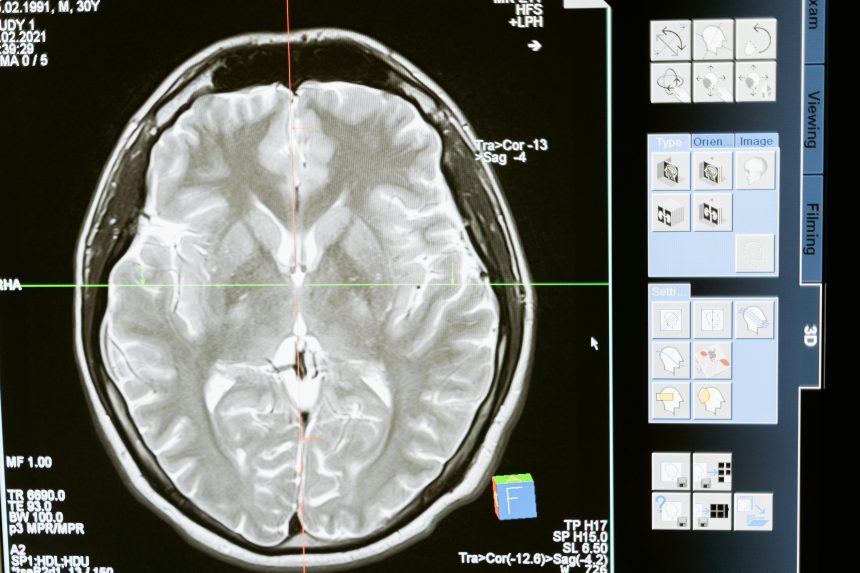A moderate or severe traumatic brain injury (TBI) is a serious medical condition that can change a person’s life in an instant. Unlike concussions or mild TBIs, these injuries often involve visible damage on brain scans, longer periods of unconsciousness, and more severe physical, cognitive, and emotional effects.
Recovery is possible, but it is usually long, complex, and highly variable. Many survivors require months or years of rehabilitation, and some live with permanent disabilities. Understanding what moderate and severe TBIs are, how they happen, and what treatment involves is essential for patients, families, and caregivers.
What Defines a Moderate or Severe TBI?
Doctors classify TBIs by severity using several criteria:
- Moderate TBI: Loss of consciousness for 30 minutes to 24 hours, or post-traumatic amnesia lasting 1–7 days.
- Severe TBI: Loss of consciousness for more than 24 hours, or post-traumatic amnesia lasting over 7 days.
The Glasgow Coma Scale (GCS) is commonly used at the injury scene or hospital to measure eye, verbal, and motor responses. Scores of 9–12 indicate a moderate injury; 3–8 indicate severe.
Causes of Moderate and Severe TBI
These injuries usually occur in high-impact or life-threatening events, such as:
- Motor vehicle crashes (cars, motorcycles, bicycles, pedestrians struck by vehicles)
- Falls from significant height
- Violent assaults including gunshot wounds or blunt force trauma
- Military combat and blast injuries
- Sports accidents in high-contact or extreme sports
Symptoms and Effects
Moderate and severe TBIs can affect nearly every aspect of life.
Physical symptoms may include:
- Headaches and persistent fatigue
- Seizures
- Weakness or paralysis on one side of the body
- Loss of coordination and balance
- Vision, speech, or hearing problems
Cognitive and emotional effects may include:
- Memory loss and confusion
- Difficulty with attention and problem-solving
- Language impairments (aphasia)
- Mood swings, aggression, depression, or anxiety
- Reduced awareness of one’s condition (anosognosia)
The impact depends on the injury’s severity and location. For example, damage to the frontal lobes may change personality and judgment, while temporal lobe damage may affect memory.
Diagnosis
Diagnosis begins in the emergency department and continues during hospitalization. Doctors may use:
- CT scans to quickly identify bleeding, fractures, or swelling
- MRI scans to detect subtle or diffuse damage
- Intracranial pressure monitoring if swelling is suspected
- Neuropsychological assessments later, to understand cognitive changes
Treatment in the Acute Phase
Moderate and severe TBIs are medical emergencies. Immediate treatment focuses on saving life and preventing further brain damage:
- Stabilizing breathing and circulation
- Relieving pressure in the skull (sometimes with surgery)
- Controlling bleeding or swelling
- Preventing complications like infections or seizures
Patients may spend days or weeks in intensive care before moving to rehabilitation.
Rehabilitation and Recovery
Rehabilitation often begins as soon as the patient is medically stable. A team of specialists usually includes:
- Physiatrists (rehabilitation doctors)
- Physical therapists for strength and mobility
- Occupational therapists for daily living skills
- Speech-language pathologists for communication and swallowing
- Neuropsychologists for memory and thinking strategies
- Social workers for caregiver support and community reintegration
Recovery timelines vary greatly. Some patients regain independence, while others require lifelong assistance.
See our dedicated guide on Brain Injury Rehabilitation.
Complications of Severe TBI
Complications are common and may include:
- Post-traumatic epilepsy (seizures that begin months or years later)
- Hydrocephalus (fluid buildup requiring a shunt)
- Infections after penetrating injuries or surgery
- Blood clots and stroke
- Hormonal changes from pituitary damage
- Behavioral changes that strain relationships and independence
Prognosis and Long-Term Outlook
The long-term outcome after a moderate or severe TBI depends on many factors, including age, overall health, severity, and speed of treatment. Some people make remarkable recoveries, while others live with significant disability.
Key factors influencing prognosis:
- Early medical care and rehabilitation access
- Location and extent of brain damage
- Family and caregiver support
- Emotional and psychological resilience
Even years later, survivors may continue to improve with therapy, adaptive technology, and lifestyle adjustments.
Prevention of Severe TBI
While not all injuries are avoidable, many can be reduced with safety measures:
- Seatbelt and helmet use
- Fall-prevention strategies in homes and workplaces
- Sports concussion and return-to-play protocols
- Violence prevention and community safety programs
Conclusion
Moderate and severe TBIs are among the most devastating types of brain injury, often requiring intensive treatment and long-term support. But recovery is possible, and advances in rehabilitation are helping more people regain independence and quality of life.
For families, understanding the seriousness of these injuries provides the knowledge to seek immediate care, pursue rehabilitation, and prepare for the challenges ahead.







